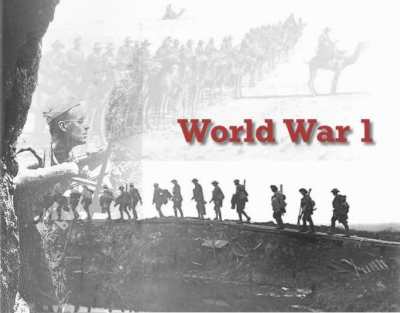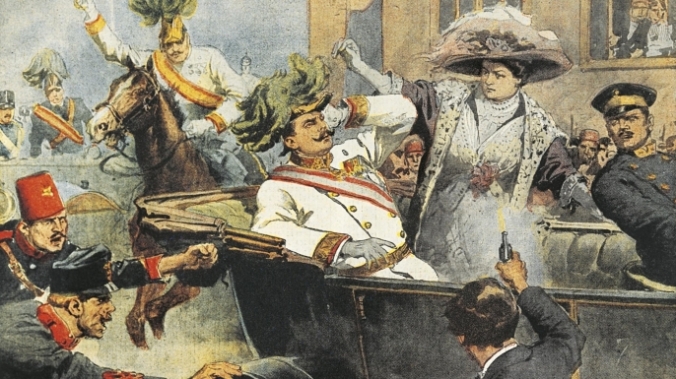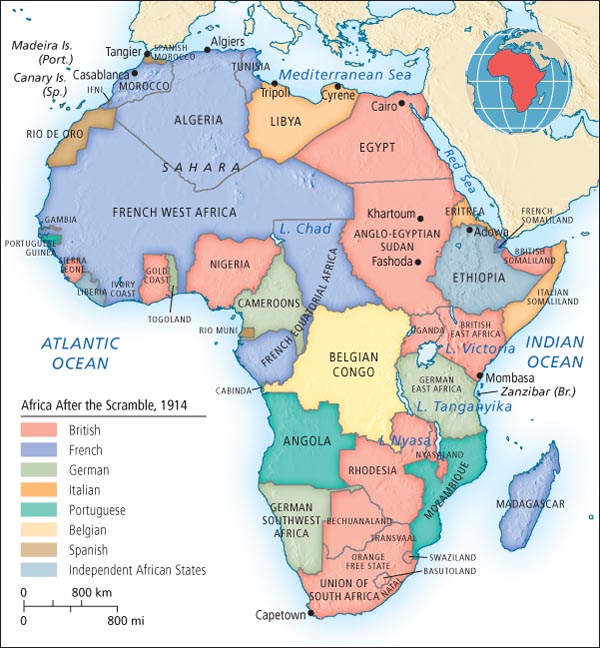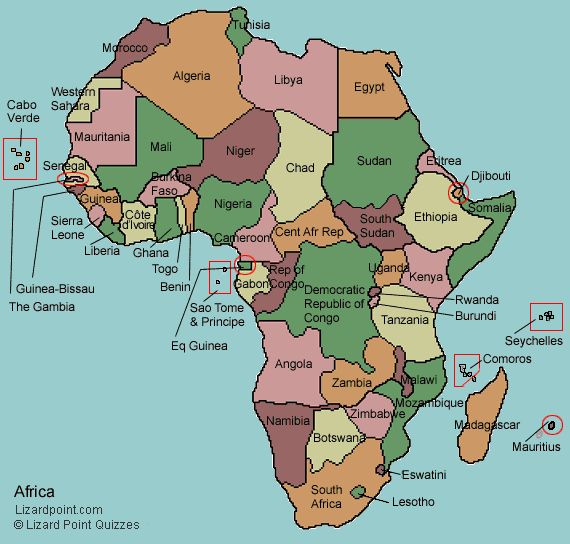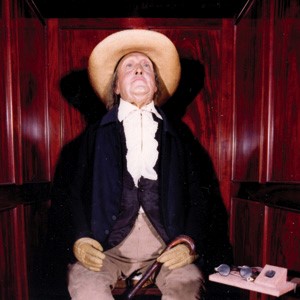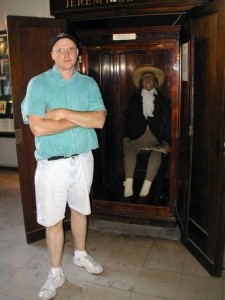
With the end of the school year in sight, we will go through the rest of the class faster with the opportunity for you to finish much of the work on your own. With many students being pulled out of class for testing classroom discussion becomes difficult. These lessons will also be put on Google classroom and Nearpod so see me for the appropriate Nearpod codes.

Hyperinflation was so bad that German currency had no value. German children playing blocks with money!
The Interwar Period: 1919-1939

The Interwar period is the time from the end of World War I to the beginning of World War II. While this is a relatively short period of time, it included events such as the Roaring Twenties, the Worldwide Great Depression, the rise of militarism, fascism, and totalitarian communism.
Because we are so close to the end of the school year we will cover this period of history in one class period.

The Interwar Period Powerpoint
The Interwar Period guided notes

World War II


Next we will examine the largest war in history, World War II. We will look at both the war in Europe and the war in the Pacific. After the war in Europe, we will look at the tragedy of the Holocaust. If we have time we will discuss African Americans and World War II. After World War II, we will work on the study guide and prepare for the final exam.
/https://public-media.smithsonianmag.com/filer/11/6d/116d7e33-4528-4ecf-ad07-1dffb8524e55/file-20170821-4964-17mud34.jpg)
The Tuskegee Airmen
World War II- Causes and the War in Europe Powerpoint
Causes and the War in Europe Guided Notes
The Holocaust Powerpoint
Holocaust Guided Notes
World War II-War in the Pacific Powerpoint

















/https://public-media.smithsonianmag.com/filer/11/6d/116d7e33-4528-4ecf-ad07-1dffb8524e55/file-20170821-4964-17mud34.jpg)











